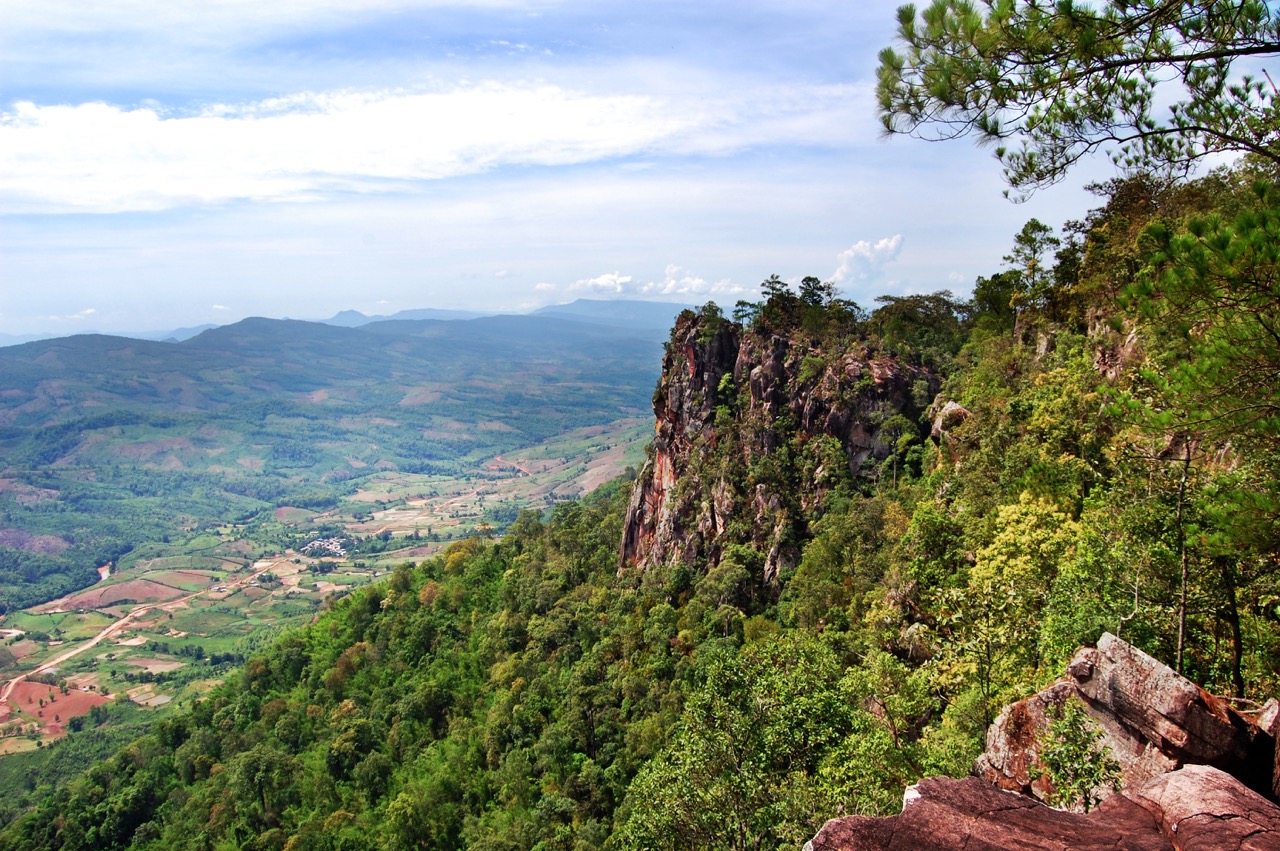Discover the Unknown Jewel of the North
A colorful mix of fact and folklore reveal Sayaboury’s past, which reaches back some 700 years. Most religious and natural sites have an interesting history embellished by legend. Ethnic diversity also marks Sayaboury, including small communities of rarely seen Phrai and Iu Mien.
A journey to Sayaboury may be testing, but this truly authentic Lao experience delivers memories of a lifetime. Sayaboury is best known for its yearly Elephant Festival in mid-February and its Elephant Conservation Center. But the province has much more to offer!
Sometimes known as Ghost Festival, the Phi Tha Khon Festival is the most common name for a group of festivals held in Paklay District of Laos’ Sayaboury Province and Loei Province in Thailand. The events take place over three days sometime between February and April, the dates being selected annually by the town’s mediums. The whole event is called Boun Phavet, part of a Buddhist merit-making holiday. The first day is the Ghost Festival itself. The town’s residents invite protection from the Phi Ta Khon, the spirits of people’s eyes. They then hold a series of games and take part in a procession wearing masks made of rice husks or coconut leaves with hats made from rice steamers, plus patchwork clothing. They also wear bells and wave wooden phalluses. The second day of the festival incorporates elements of the Rocket Festival, plus costume and dance contests and more parades. On the third and final day, the villagers listen to sermons from Buddhist monks.
Another marvel of Sayaboury province is the Nam Pouy National Park, home of the second largest herd of wild elephants in Laos, and an untouched biodiversity-rich protected forest. Nam Pouy is Laos’ only National Protected Area (NPA) west of the Mekong. It occupies 1,912 km2 of Sayaboury’s Phiang, Paklay, and Thongmixay Districts along the Thai border in the central part of the province. Steep and rugged ridges – mostly of Mesozoic sandstone and shale, with limestone outcrops at their bases – characterize the NPA’s terrain, with peaks reaching 1,790 meters in the west.
Researchers have found evidence of 50 mammal species in the NPA including an estimated 60 wild elephants, the second largest contiguous population in Laos, along with gaur, tigers, dholes, serows, and Asiatic black bears. The Nam Pouy is the northernmost home of silver langurs and even lar gibbons.
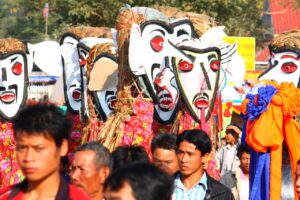
A small enclave in the Nam Pouy NPA, Thongmixay District has enough to offer in terms of the natural landscape, rural villages, old Buddhist temples, and farmland, all connected by dusty sand roads. Thongmixay has long been considered a “strategic” territory because, during the 1980s, it was the scene of a clash between Laos and Thailand, which was then claiming the right bank of the Mekong. Against all odds, Laos pushed back the invader, despite inferior military forces. A victory that still resonates among the inhabitants of Thongmixay District, the “rice paddy of victory”.
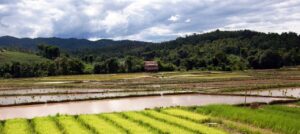
Apart from the presence of seventy domestic elephants, one of the largest concentrations in Laos, the district is also a seasonal stop for wild male elephants that come to breed with the females kept shackled at the edge of the forest during the winter months. All small elephants born in Thongmixay have wild fathers. Now all wild elephants in Nam Pouy are monitored and protected by the Elephant Conservation Center (ECC) which also released 4 of its own elephants into the wild in March 2019, a first in Laos.
The main town, Thongmixay, is located in the southern part of the district, and is most easily reached by turning west in Paklay. The road follows through small villages portraying the so typical Lao countryside before it reaches Thongmixay in about 1.5 hours.
Meuang Phiang
Boun Kong Khao Yai (Rice) Festival
The festival is organized every year end of January in Somsavanh Village, Phiang District about 37 km south of Sayaboury town. The festival includes many activities such as a market fair, rice procession, drum beating contest, singing contests, traditional performances, and many other activities designed to celebrate the rice harvest in this region renowned for the importance of its rice fields and farmlands.
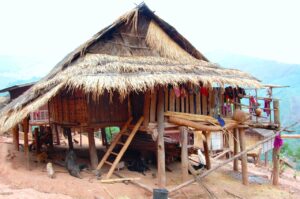
Sayaboury Overview
Location: Northwestern Laos
Total area: 16,389 km2
Population: 374,000
11 Districts: Sayaboury, Khop, Hongsa,
Ngeun, Xienghone, Phiang, Paklay,
Kenthao, Saysatthan, Boten & Thongmixay

www.tourismsayaboury.org
2 NEW “LOOPS” FOR DEMANDING TRAVELERS
The North-South Mountain Trail
If you are traveling from the Golden Triangle to Luang Prabang, you may consider getting off the boat in Pakbeng (Oudomxay Province) and boarding a minivan to Hongsa and onto Sayaboury and further to Paklay. From Paklay, you can cross the Mekong on the brand-new bridge and continue to Vientiane. Alternatively, you can aim south into the “unknown” districts of Kenthao and Boten!
Though off the beaten track, Paklay’s three closeknit caves and hot springs present a memorable day tour, as does Boten’s easy-to-reach, legendary Thad Ham Waterfall on Phoudaeng (Red Mountain) near the municipal center.
For an exciting addition to a trip between Vientiane and Luang Prabang, plan on spending a few days on Sayaboury’s North-South Mountain Trail.
Luang Prabang – Sayaboury – Luang Prabang
You can venture on a 2-to-3-day motorbike trip starting in Luang Prabang by aiming west to Kouang Si waterfalls and then along the Mekong onto Meuang Nan District. From there, turn right to Sayaboury town and visit the Elephant Conservation Center (advance booking required). Then, use Road No. 4 north to return to Luang Prabang.

Above: Meuang Phiang holds a large haystack festival in January/February each year
GETTING THERE
Lao Airlines flies daily to Luang Prabang and one can connect overland by road to Sayaboury.
Buses and minivans depart daily from Luang Prabang Southern bus station (2.5 hrs) and Vientiane Sikhay and Northern bus stations (6 hrs via Sanakham and Paklay).
Sayaboury town can be reached by road from Vang Vieng and Hongsa (via Pakbeng).
From Thailand via the International Border Checkpoint at Meuang Ngeun.
Text BY Albert Leeflang & Sebastien Duffillot
PHOTOGRAPHS BY Albert Leeflang / Sebastien Duffillot
MOUNTAIN TEA AND ETHNIC GROUPS
Focus on Saysatthan District
Saysatthan District, situated west of Sayaboury, is covered with mountains, rural villages, and traditional tea plantations. The main town, Saysatthan, seems isolated on top of a boundless mountain ridge about 70 km from Sayaboury.
The asphalt road leading to Saysatthan always twists and turns through the peaks, passing through rural villages with spectacular views. Often life happens near the road: villagers doing their daily rites, a farmer carrying huge bamboo poles on his shoulder, a group of kids walking to a nearby school, and girls washing clothes in a river outside the village. The mountains are covered with a blanket of small trees and farmland. This is the land of mountain tea. Before you reach Saysatthan, you can visit the tea plantation of “Saysatthan Sa” and see the small factory with machinery for drying, chopping, and rolling the tea leaves. Sip a cup of this freshly brewed green mountain tea while enjoying the wide view, and soon imagine yourself on top of the world. Saysatthan, set on the top, is a pleasant and charming town, with well-kept roads and houses. Some larger government buildings surround the town.
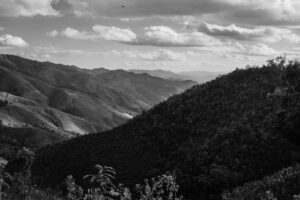
From here you can visit other nearby mountain villages and wander around and eat a simple bowl of soup and visit with locals, the experience itself is rewarding, to say the least. In Saysatthan you can stay in a simple but clean guesthouse situated in the center of town, the only one in Saysatthan. If you travel by motorbike there is an unpaved, dirt road that ends all the way in the town of Hongsa. This often difficult and long rural track travels through a landscape of mountains and forest where life is still untouched and pristine.
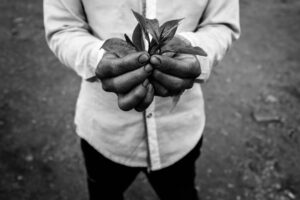
Nam Tien Lake, Sayaboury Elephant Conservation Center
Elephants: If you want to see elephants being elephants in their natural habitat, this is the place to visit (by advance booking only). Set on the wonderful Nam Tien Lake and surrounded by the ‘Elephant Mountain’ range, the ECC offers 2 days, 3 days, 4 days, and 1-week programs to share the lives of the magnificent symbolic animal of Laos.

MORE INFO
+856 20 96590665
elephantconservationcenter.com
GETTING THERE
By car take the road in Sayaboury town to the northwest after the airport. The road heads up the mountains for 65 km before arriving in Saysatthan town.



 ລາວ
ລາວ